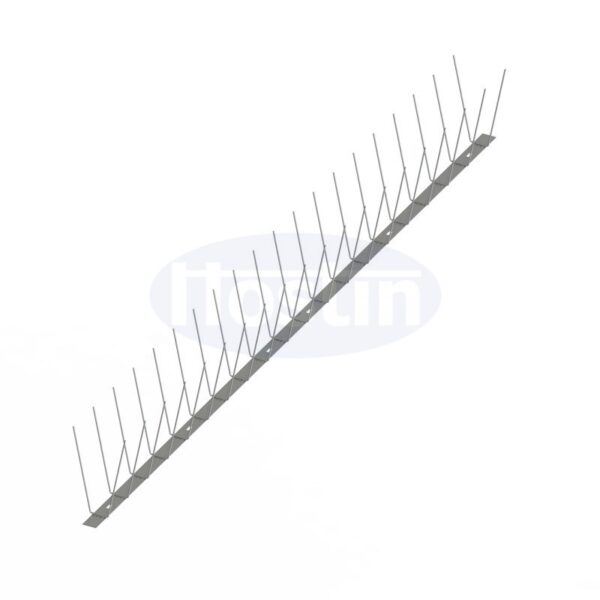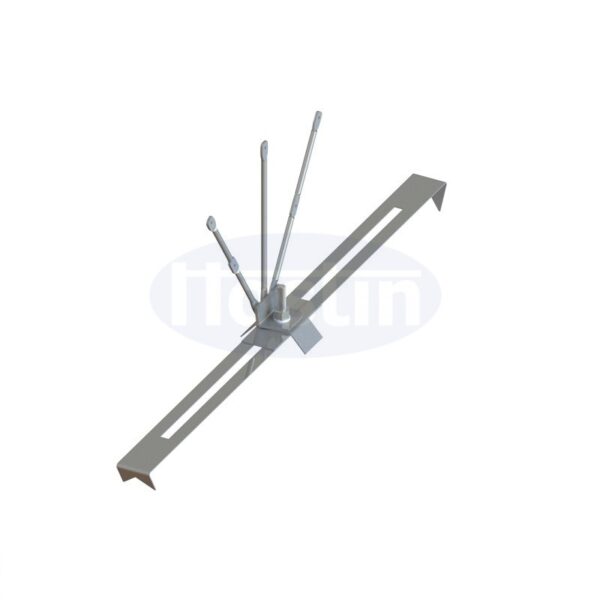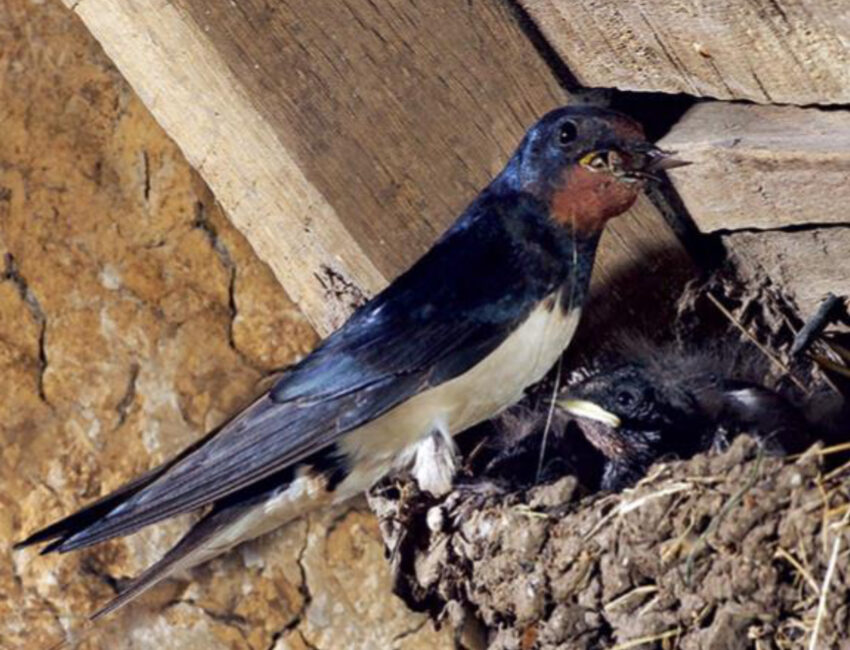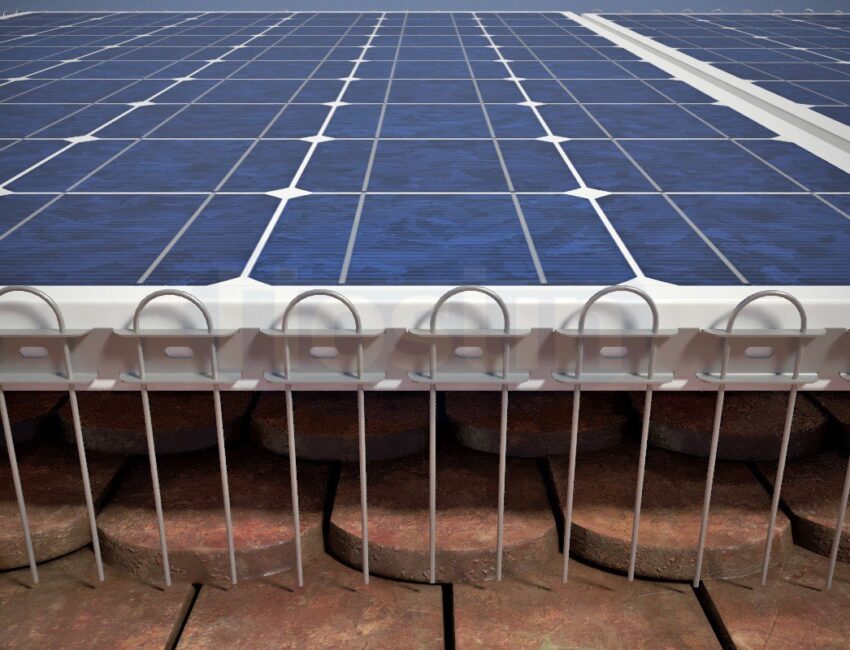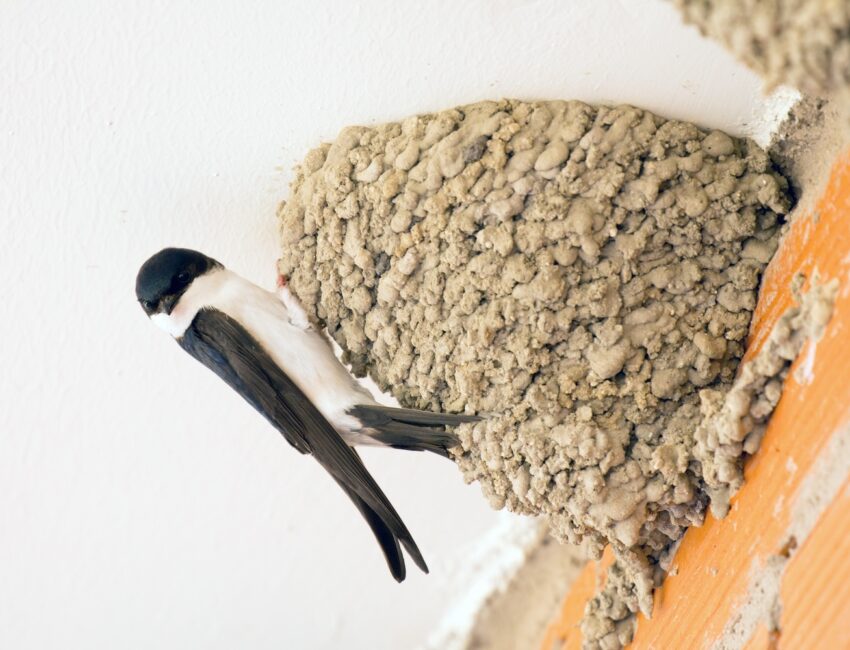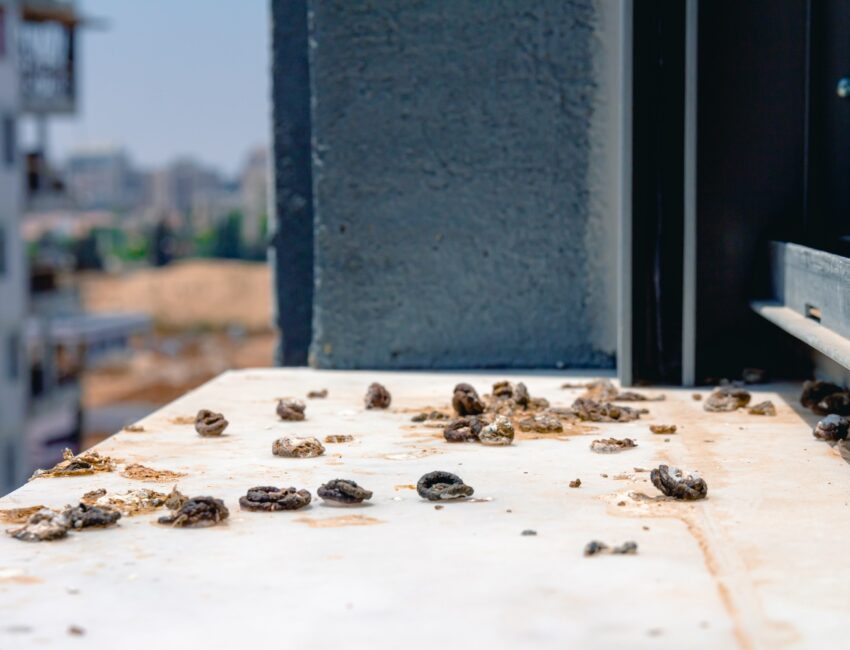
Pigeons living in the wild do not bother anyone. However, their presence near residential areas is considered undesirable.
Pigeons living in the wild don’t bother anyone. However, their presence near residential areas is undesirable.
As more and more areas are developed, pigeons move into civilization. They occupy city centers, and nest on historic buildings and churches, roofs, outdoor shelters, or abandoned buildings. In residential areas, they invade apartment blocks and buildings that are not adequately protected. They are often seen on balcony and loggia railings, terraces, roofs, window sills, or solar panels. Public spaces and children’s playgrounds are no exception.
These seemingly harmless birds can significantly disrupt our lives. Not only do they cause property damage, but they also pose a health risk. They increase the risk of infection and carry pathogens that can cause serious diseases such as salmonellosis, ornithosis, avian tuberculosis, tick-borne encephalitis, trichomoniasis, diphtheria, allergies, and asthma. Sick or dead pigeons can easily become prey for cats, which, as hosts, can transmit infections to humans or other animals. From an allergological perspective, pigeons spread mites that live in their nests, further dispersing in the air and acting as allergens.
Pigeons live among us in large numbers, and scaring them away is not easy. Additionally, they have no natural predators in cities, which supports their overpopulation. Many people have bad experiences with them, especially if they occupy their property. The negative attitude and emotional distress in such cases are understandable. The birds damage building constructions, roofs, facades, window sills, and pavements. The damage is mainly caused by their droppings. A single pigeon produces an average of 10-12 kg of droppings per year, which are a source of microbes, molds, parasites, and allergens. The droppings are not only hazardous but also aesthetically unappealing, not to mention the odor. They contain aggressive substances that degrade the surface of building materials, thereby reducing their lifespan, strength, and stability.
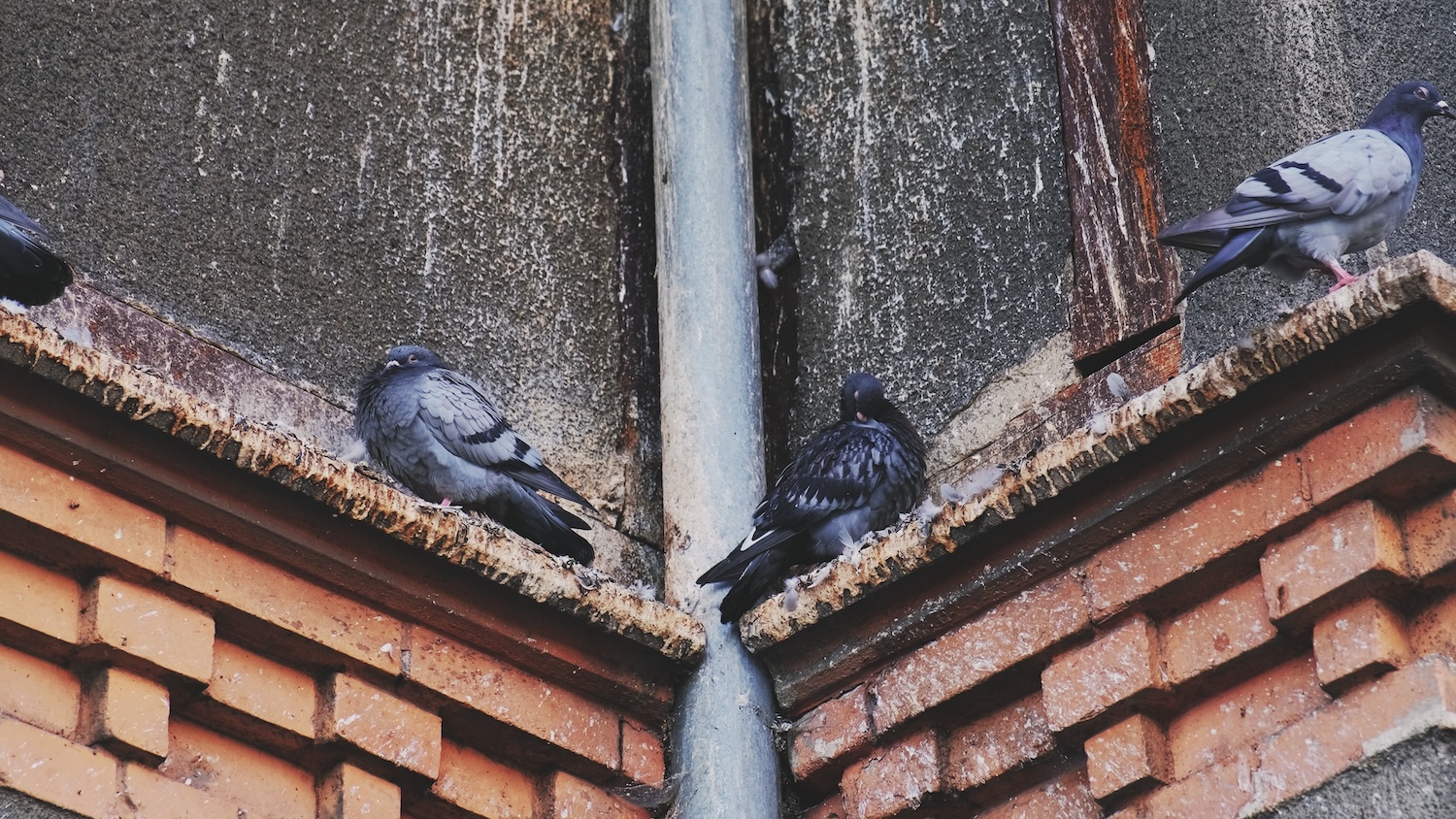
Since birds are living creatures, we cannot completely condemn them. They behave instinctively and naturally utilize the opportunities that humans unintentionally provide them. Therefore, let us not blame everything on nature but rather help it. Birds are part of a well-functioning ecosystem, and many of them are legally protected. We cannot allow their eradication. However, we can protect ourselves from the problems they cause reliably and humanely. Modern bird deterrents placed on buildings prevent birds from landing and nesting, without causing them any harm.
Prevent pigeons from nesting at your place
Professional bird protection systems made by HOSTIN, installed on ledges, beams, window sills, railings, gutters, roof ridges, or solar panels, effectively prevent birds from landing and nesting.
Our bird barriers are designed with regard to the particular characteristics of different bird species – their body structure, landing, and nesting habits. Therefore, when choosing the appropriate type of barrier, it is essential to consider which species you want to get protection against (pigeons, swallows, sparrows, etc.).
Another important factor in selecting the type of barrier is the specific location you want to protect. Some types (such as spike barriers) are suitable for installation on almost any architectural element, while others are specifically designed to protect special elements like gutters, roof ridges, pipes and pipelines, metal profiles, solar panels, and more.
Our portfolio includes purely mechanical (passive) barriers, such as spike or wire systems and nets, as well as electric barriers, which require more complex installation and need a power supply from an electric pulse generator.
The most popular and effective are mechanical bird spike barriers, which prevent birds from perching and nesting on places like window ledges and sills, joists, balconies, railings, gutters, and roofs. This method is reliable and cost-effective. The spikes and carrier belts are made of stainless steel, ensuring their long-term lifespan against any exterior conditions. These systems are easy to install and are used against all types of birds.
However, it is important to remember that simply deterring the birds will not be successful on its own, if we do not simultaneously eliminate all the stimuli that entice them, such as scattered garbage, food, or plants containing seeds.
